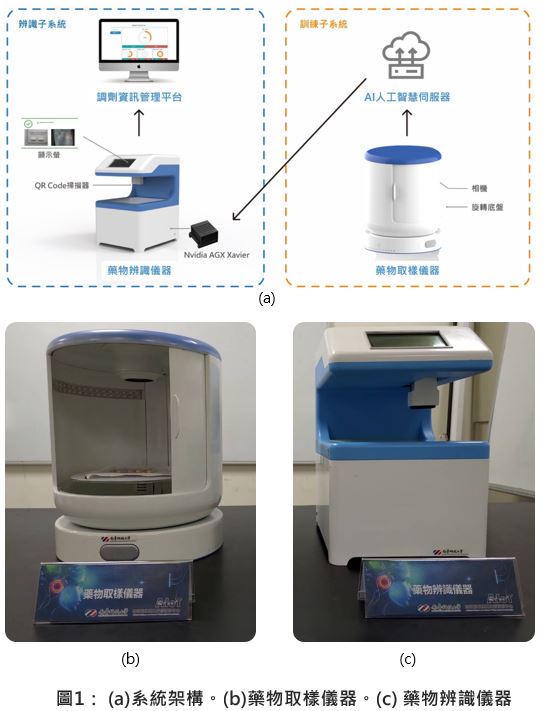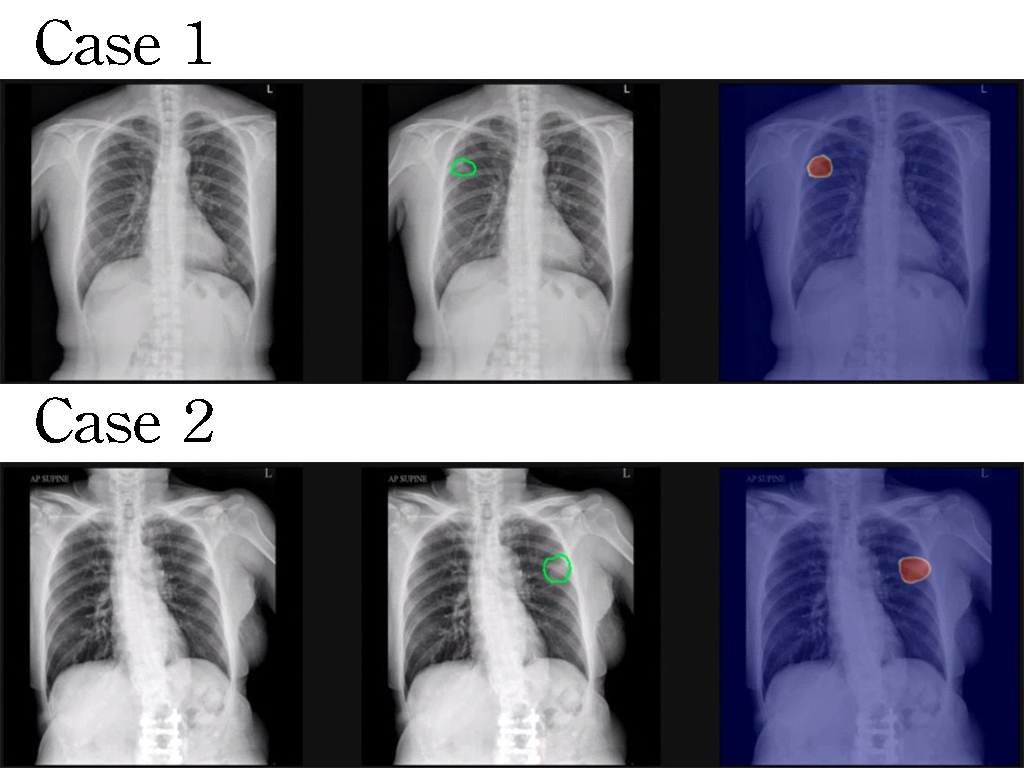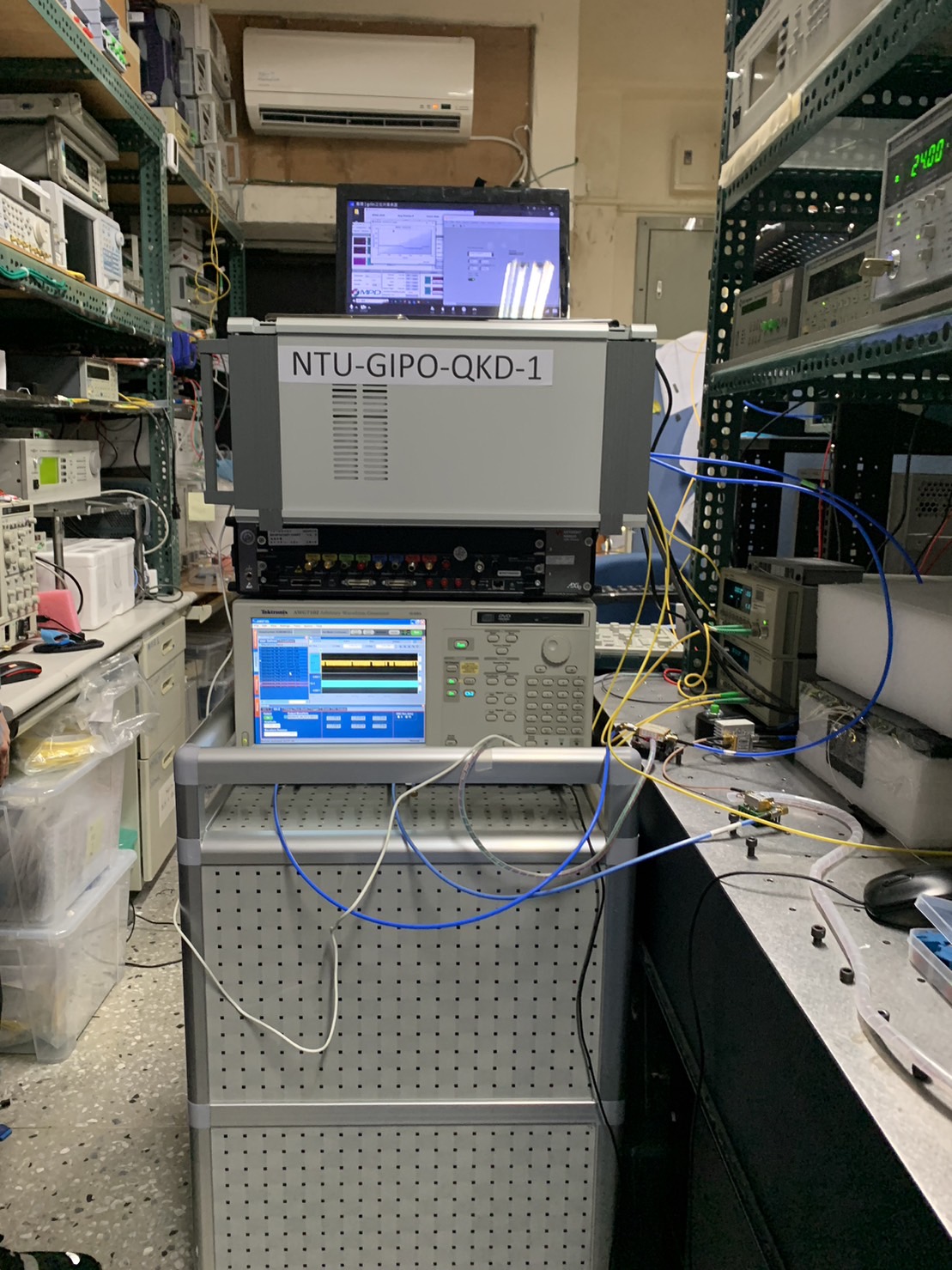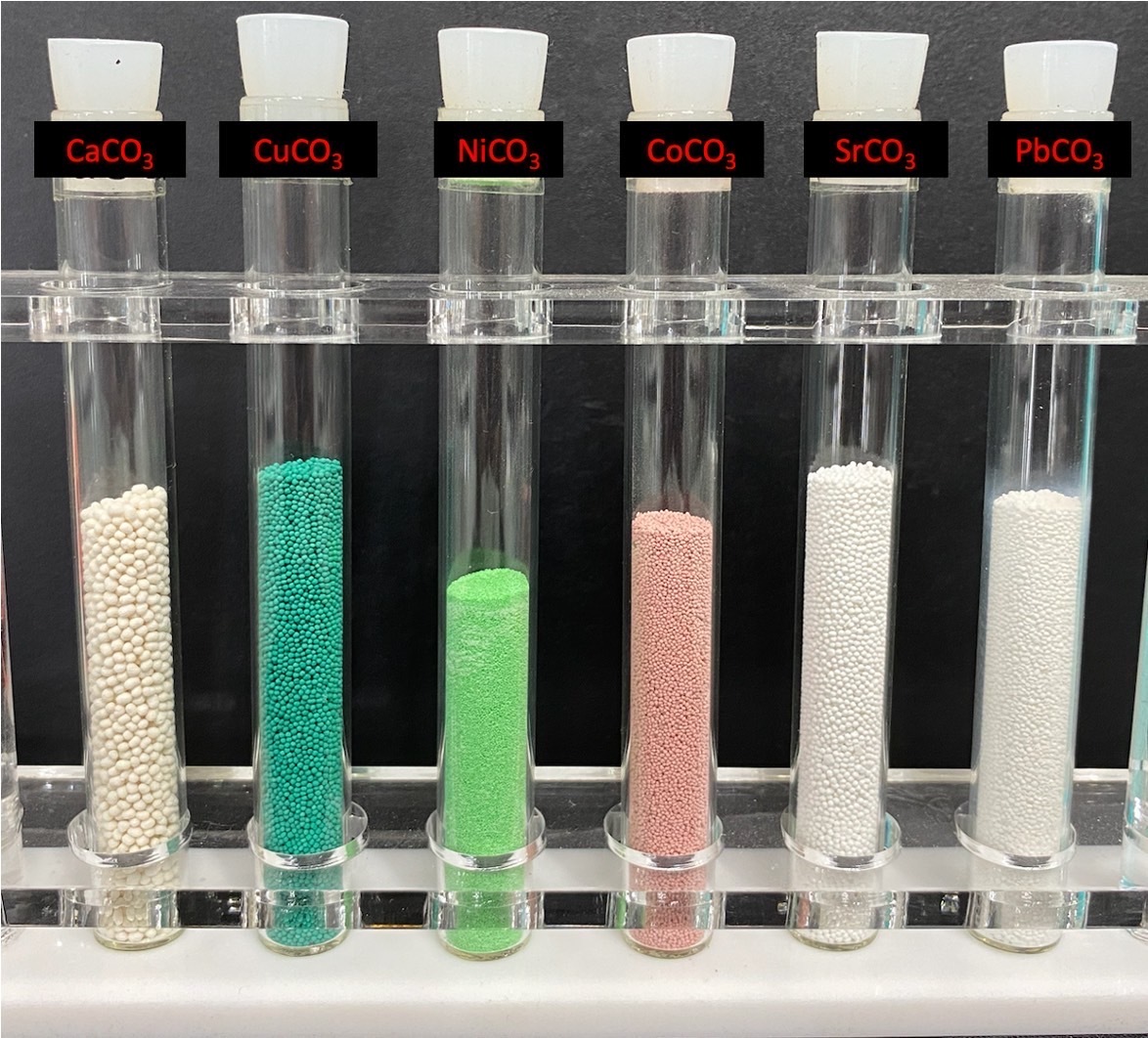| Technical Name | An Innovative AI-Integrated Platform for Eco-Friendly, Low-Carbon, Multifunctional Smart Medical Dressings | ||
|---|---|---|---|
| Project Operator | National Chung Hsing University | ||
| Project Host | 林耀東 | ||
| Summary | This globally pioneering low-carbon smart wound dressing, derived from agricultural and fishery waste polyphenols and chitosan, features antibacterial (99.999%), antioxidant (93%), anti-inflammatory properties, real-time pH sensing, and AI-based infection detection. It offers high exudate absorption, excellent adhesion, and non-cytotoxicity, and promotes wound healing within 24 hours, enhancing medical innovation and environmental sustainability. |
||
| Scientific Breakthrough | World’s first to develop multifunctional low-carbon innovative dressings from agricultural and fishery waste using biodegradable, biocompatible, eco-friendly materials, with 99.999% antibacterial efficacy, 93% antioxidant activity, promoting wound healing within 24 hours. Integrates AI for remote infection monitoring, analyzes nanoscale 3D structural changes of bacteria. Combining circular resource valorization, low-carbon process optimization, and AI, reducing 1.85 billion tons CO₂e/year. |
||
| Industrial Applicability | Current mainstream products such as Aquacel, Mepilex, and Tegaderm mostly use high-energy-consuming processes and non-biodegradable materials, lacking real-time infection monitoring and carbon reduction features. Future market demand will focus on eco-friendly, smart, multifunctional dressings with real-time monitoring. The market is expected to exceed USD 22.3 billion by 2035, driven by the growing needs of an aging society and chronic wound care. |
||
| Keyword | Low-carbon Smart Dressing Agricultural Waste Valorization Antibacterial Wound Care Chromatic pH Responsive Indicator AI-Assisted Wound Monitoring Biodegradable Biomaterial Green Manufacturing Process Carbon Footprint Reduction Chronic Wound Management Circular Economy | ||
- Contact
- Ying-Chen Chen
- janice870419@gmail.com
other people also saw















